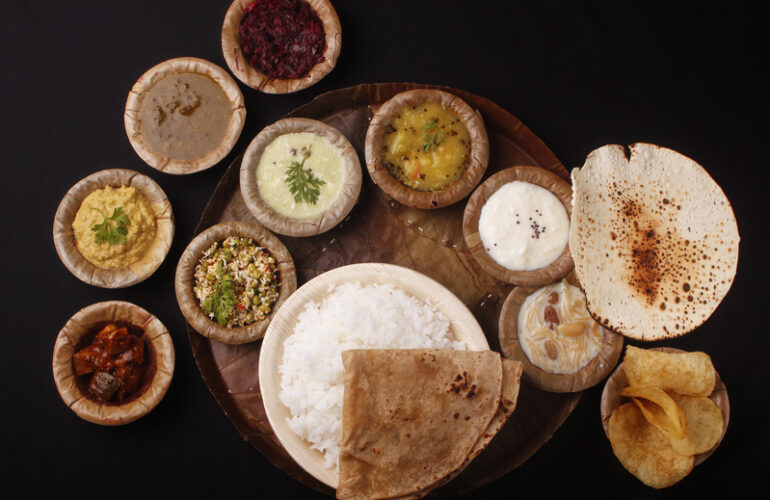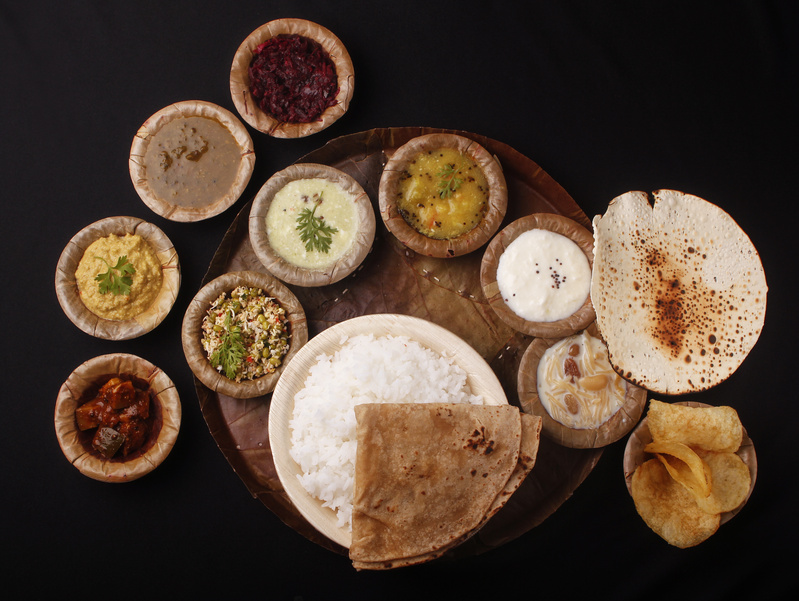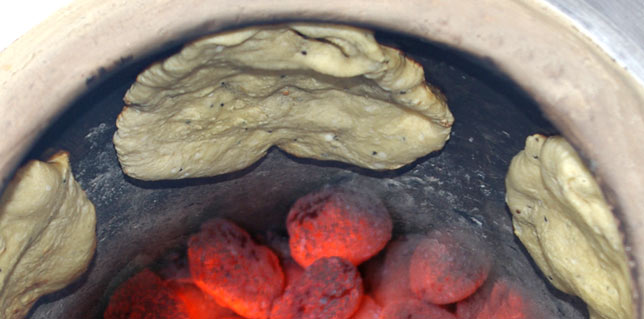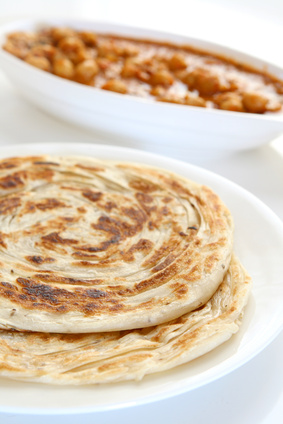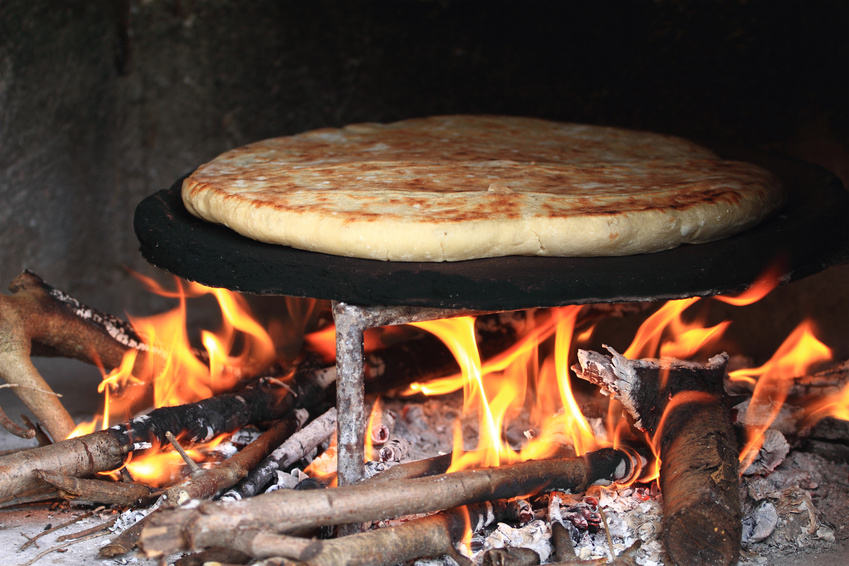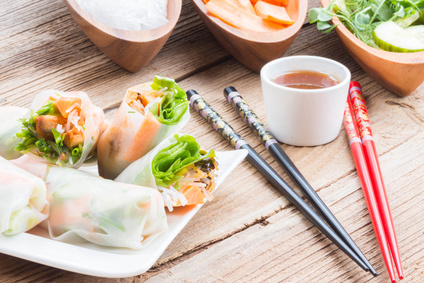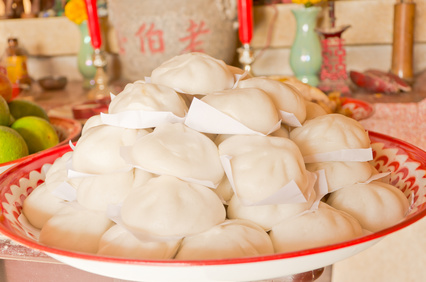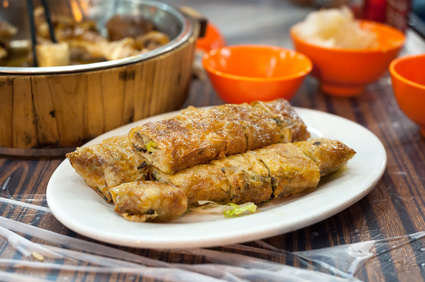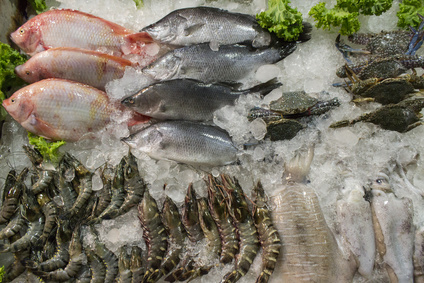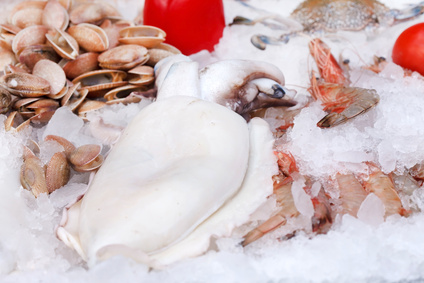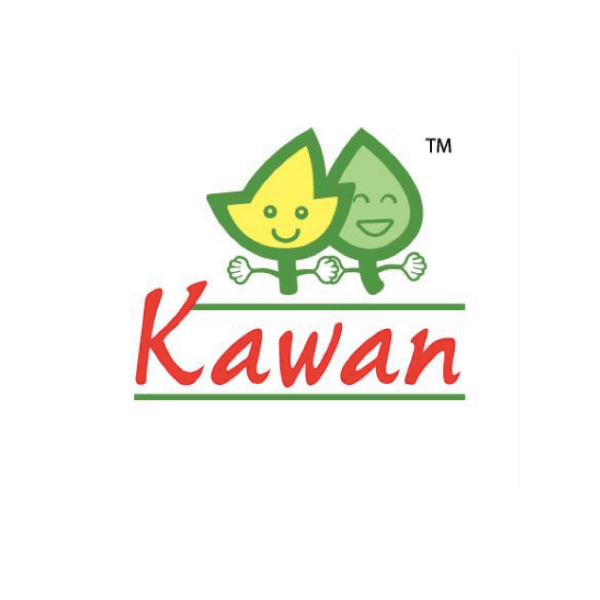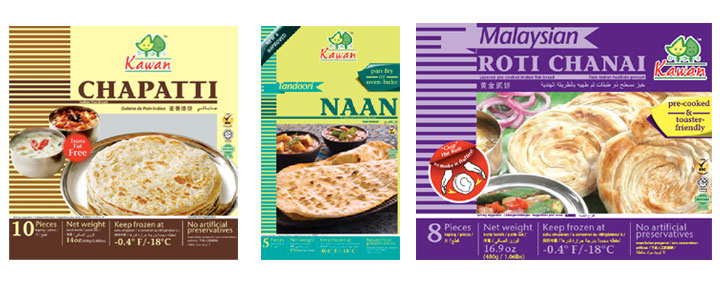Why support Filipino food producers?
Of course, it is a fact that not all food needed by the end-users can be produced locally. For example, some vegetables and fruits especially those required by institutional customers are not available all year round or cannot be supplied locally in the desired specifications or volume. Or maybe, some food products can only be produced in other countries by reason of climate, production technology, or even culture.
But still – it’s now more than ever that we need to support our local food producers like farmers, livestock raisers, fisherfolk, contract growers, processors, or manufacturers. They play vital roles in the Philippine economy as they:
- produce food for the Filipino nation
- provide these food as fresh as can be
- cultivate and nurture our natural resources
- provide livelihood and employment to fellow citizens
- pay taxes to the Philippine government
- give other benefits to our society
- help the economy get back on track during these challenging times
How can consumers and businesses help?
Consumers can help support them by giving preference to locally produced food products. These products are definitely fresher than those coming from other countries which had been produced relatively some time past and stored for another period of time in importers’ warehouses.

Businesses requiring food products can help in the same manner as cited above. They can even do more. They can actively work with local food producers in product development.
Local companies in the food business can work out their product development program alongside local producers, particularly the small ones. The former can come up with unique product concepts and attributes that they can jointly research, develop, and produce with local producers.

To illustrate this, a food supplier to institutional clients can identify products that are constantly in demand. The supplier can specify all the vital product specifications required by their clients – from raw material inputs, growing conditions, processing procedures, production standards, storage requirements, and delivery capability. The supplier can also provide funding, technology, and management systems. The supplier and the selected local producers can work closely to come up with products meeting all the set criteria.
A realistic setting
As a result, the supplier company can provide the food products needed by their client end-users and at the same time help the local food producers grow their business. All the primary stakeholders – the local food producers, the supplier company, and their client end-users are benefited from this joint undertaking. Truly a win-win situation!
Given the opportunity and production feasibility, consumers and businesses alike should support Filipino food producers.
More ideas on this topic at arlet Brand


